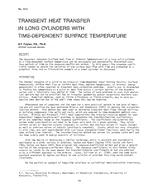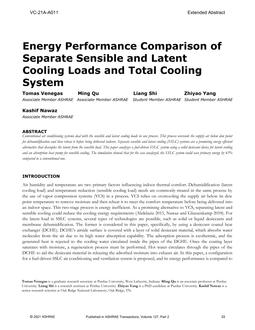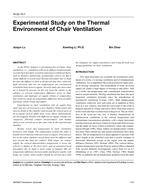Click here to purchase
This paper describes the process of modeling a number of energy conservation measures used in constructing a new quick service restaurant. An hour-by-hour energy simulation model was used to predict energy savings for each energy conservation measure. The initial model was based on the design drawings and assumptions about operating conditions and energy use by the food service equipment. Based on a year’s worth of measured energy and environmental data, the model inputs were calibrated and the model outputs were validated. The modifications to initial model conditions required for calibration and validation are discussed for each energy end use: lighting, water heating, HVAC, food processing, and building envelope. Differences between the measured data and the predicted results of the final model are summarized. The strengths and shortcomings of building energy modeling in the context of food service applications and the potential for future application of the model during restaurant design are discussed.
Units: Dual
Citation: Symposium, ASHRAE Transactions, vol. 105, pt. 1
Product Details
- Published:
- 1999
- Number of Pages:
- 16
- File Size:
- 1 file , 860 KB
- Product Code(s):
- D-7628


